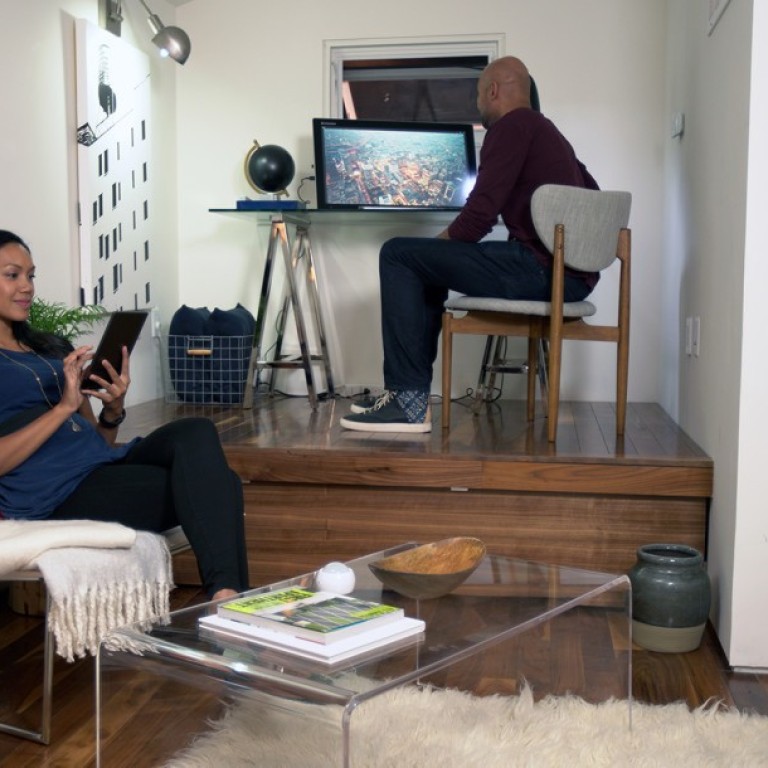
How to live it big in a small but cosy home – especially in Hong Kong
City dwellers have come to appreciate the many advantages of living in a more compact space, such as lower heating and cooling costs
Most Hongkongers live in tiny apartments that are among the smallest in the world in terms of living space per occupant. All praise to the shoebox dwellers. We’ve learned to be creative with regards to our domestic arrangements – and even those who have by choice downsized into more compact digs are reaping the benefits.

Otto Ng, LAAB’s design director, says that with 50 per cent of the world's population living in cities, people are beginning to appreciate the advantages of living closely together – such as more job opportunities, a better social life, and the convenience of travelling shorter distances to work and places of interest.
“Not until you've moved into a small apartment do you realise that you do not need to live in a giant house, because you own the city as your living room,” Ng says.

Every detail of Small Home Smart Home was bespoke to fit the owners’ lifestyle, he adds. Its layout is convertible, adapting to the needs of the moment. A second tier of seating acts as a home cinema when groups of friends arrive; a bathtub “disappears” behind a screen; and the floor conceals handy storage compartments. The home even incorporates a full-sized kitchen. And it’s thoroughly organised, which the designer says is critical for keeping a space the size of a hotel room looking fresh and tidy.
Ng considers the “smart home” a term for the new living culture, which entails “living smarter in a compact space, living greener in a comfortable environment, and living together in a shared home”, he says.
Smart technologies have a role, too. The design of the Small Home Smart Home incorporates a range of app-controlled smart-home technologies, such as Philips Hue light bulbs, which slowly brighten to gently rouse the sleeping couple each morning, and an August smart-door lock, which makes it possible for an electronic key to be sent, for example, to the cat-carer’s smartphone, allowing access to the home while the owners are away.

There’s facial recognition security at the door, sensors which can detect and alert you to maintenance issues, such as a water leak, and a central “brain” which learns the occupants’ preferences. All this is achieved wirelessly, with cables neatly concealed in the walls.


So the next time your overseas visitors remark on how squeezed your accommodation is – at about a quarter the size of the average home in Australia or America – just smile sweetly and remind yourself of its virtues. As Andy and Michelle, the owners of the Small Home Smart Home, have discovered, the most important thing is how comfortable your place feels.
